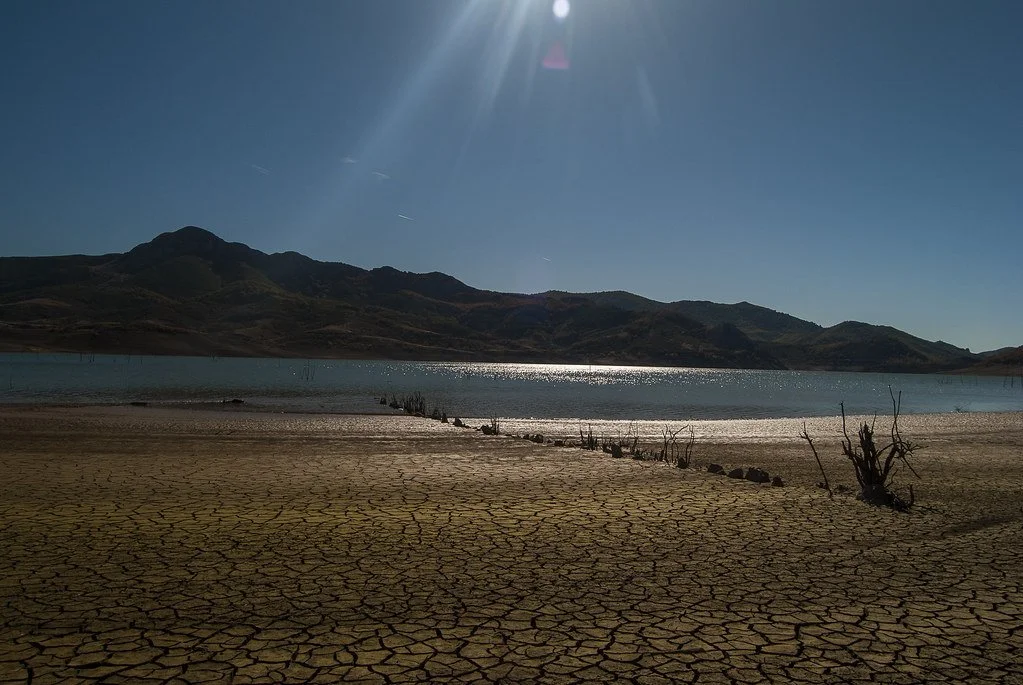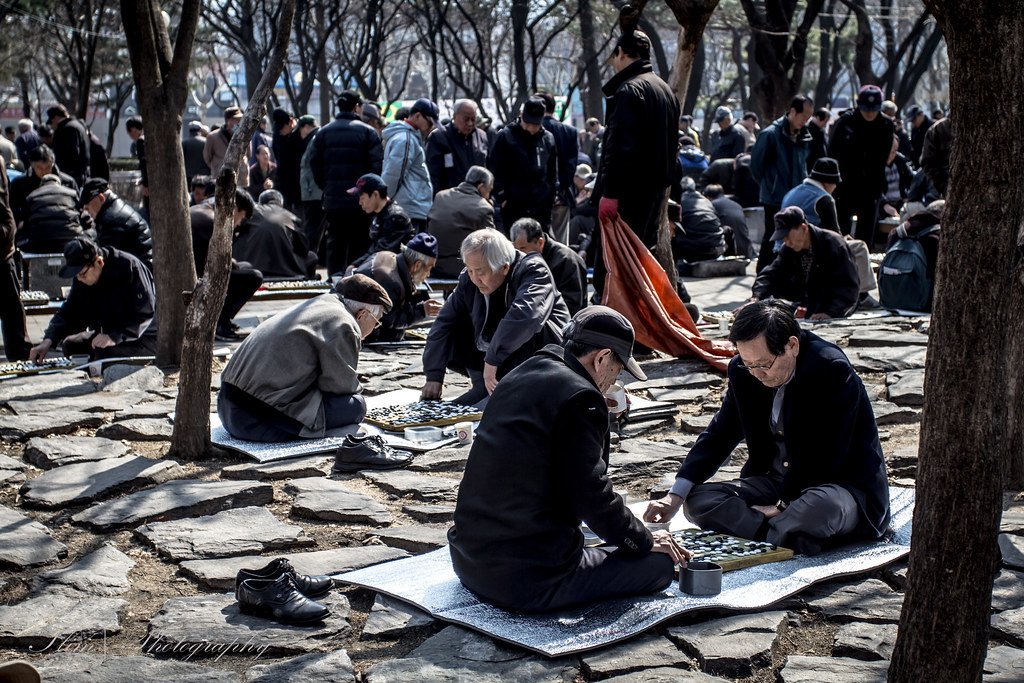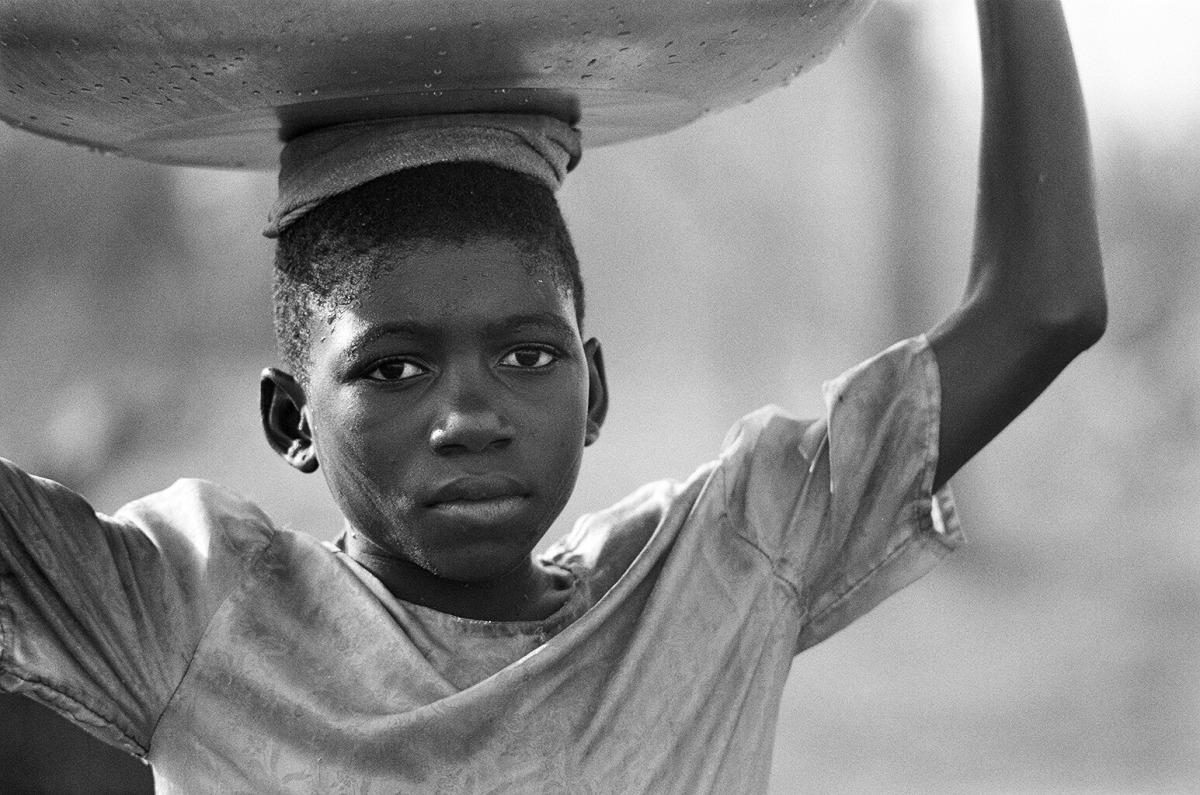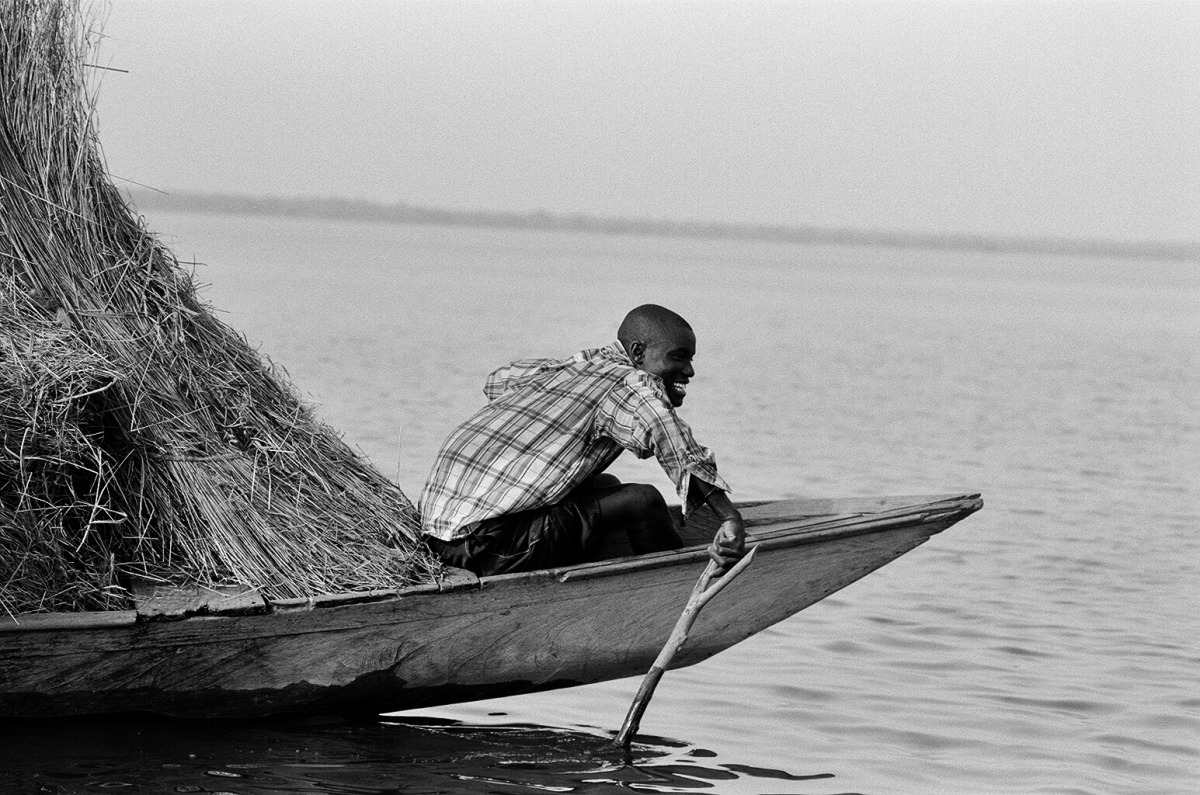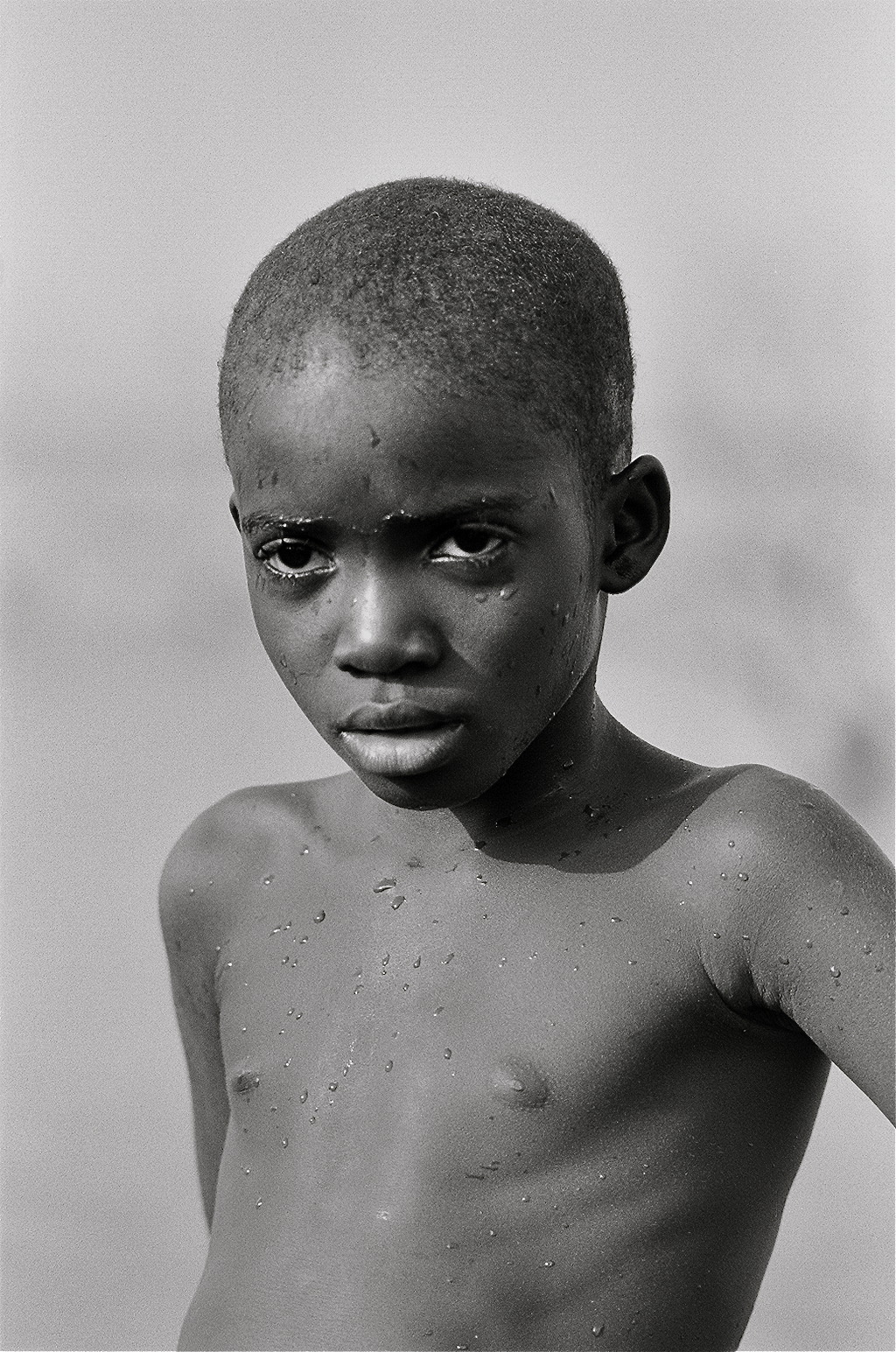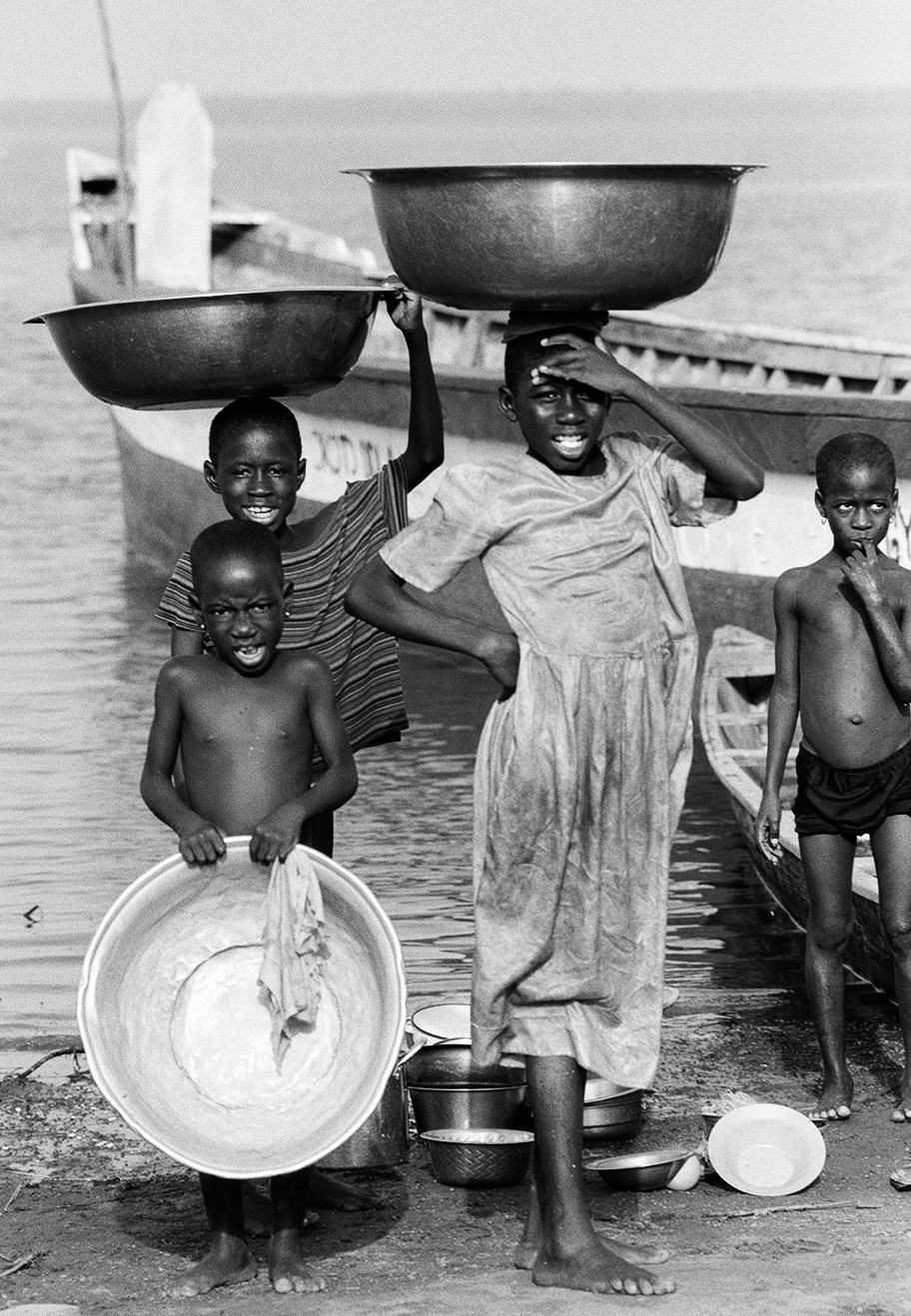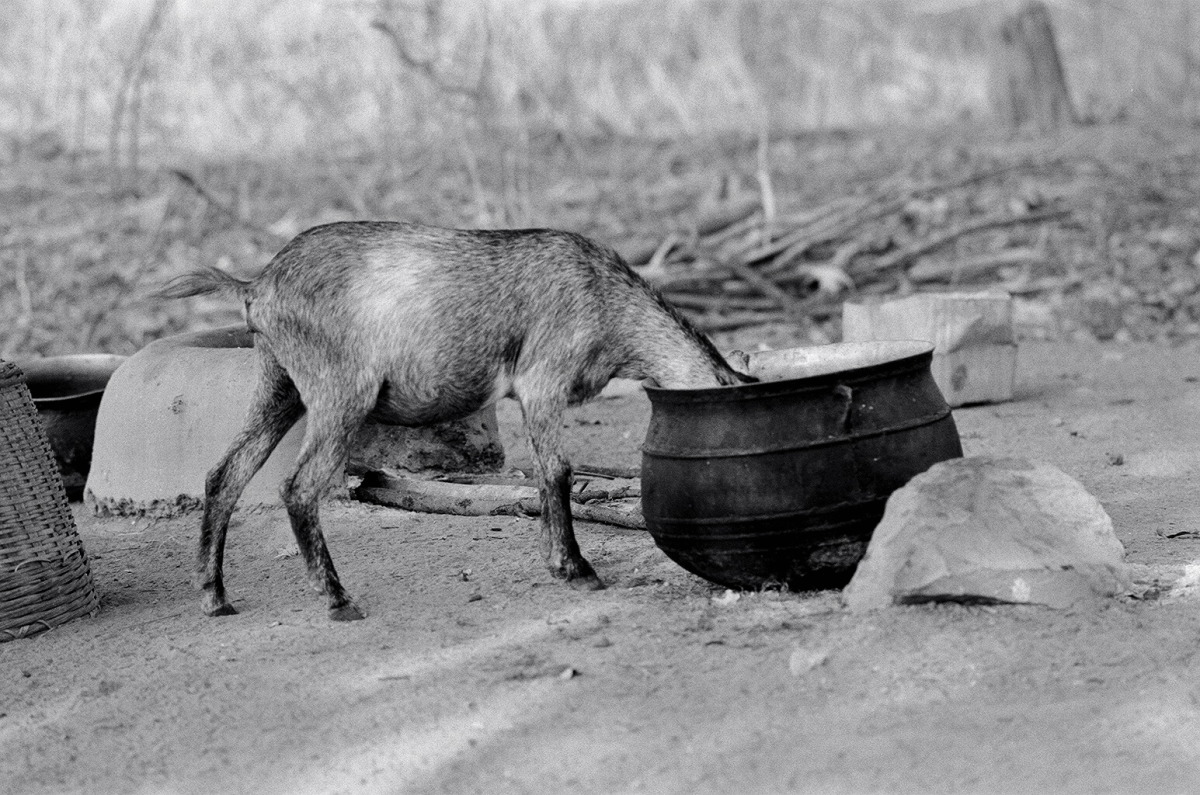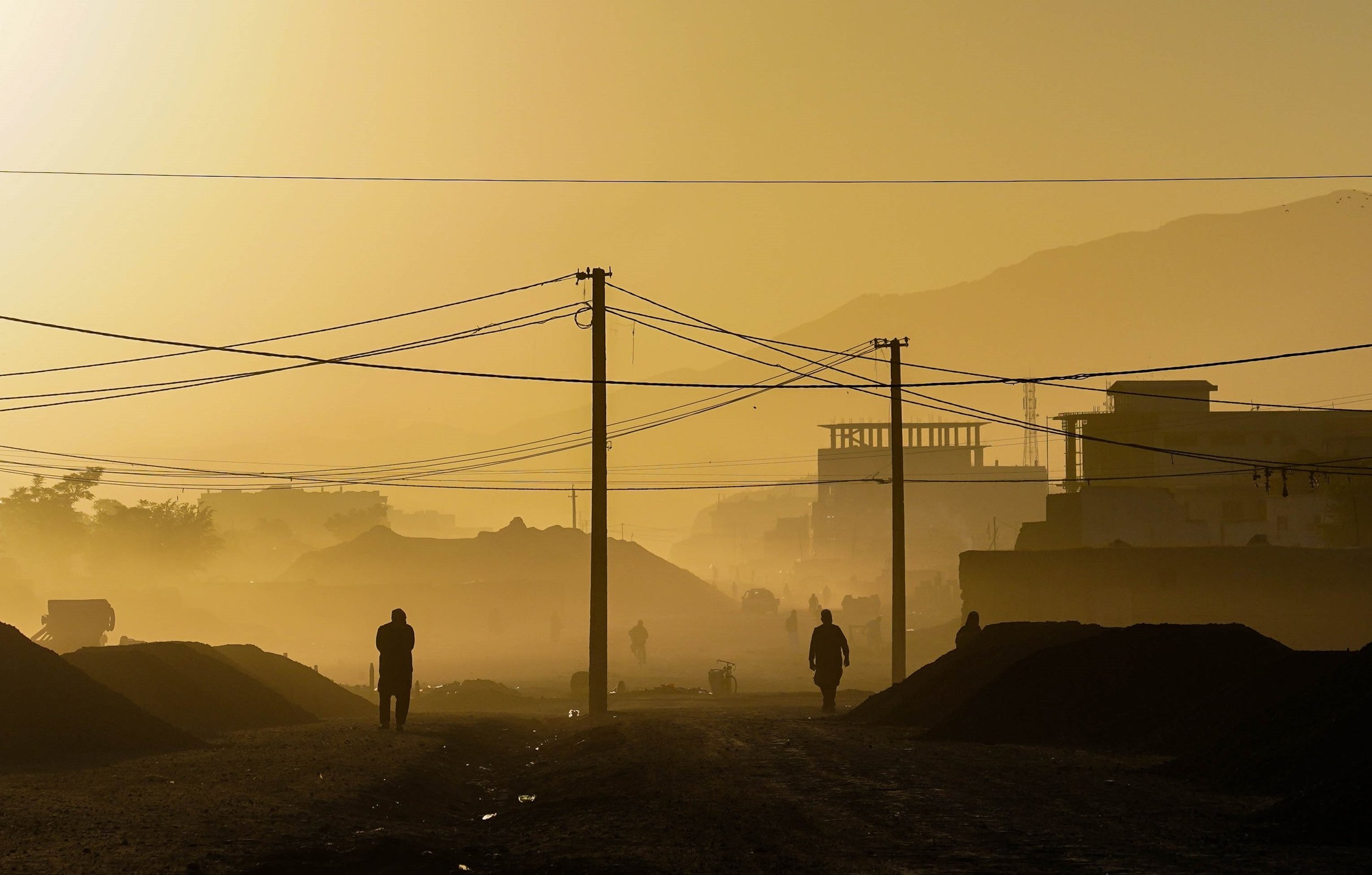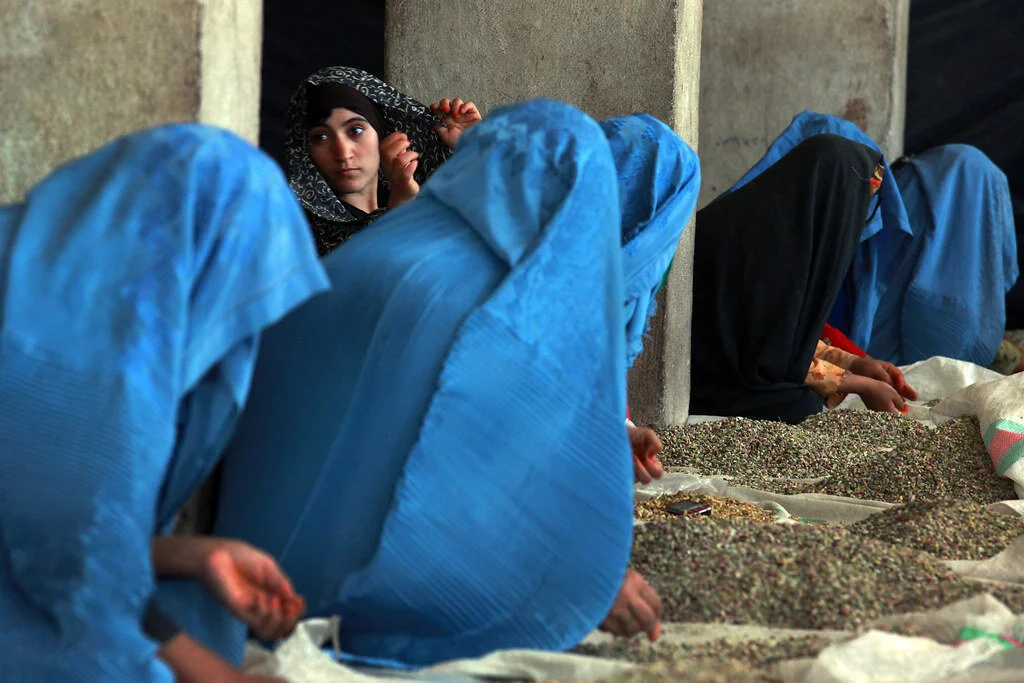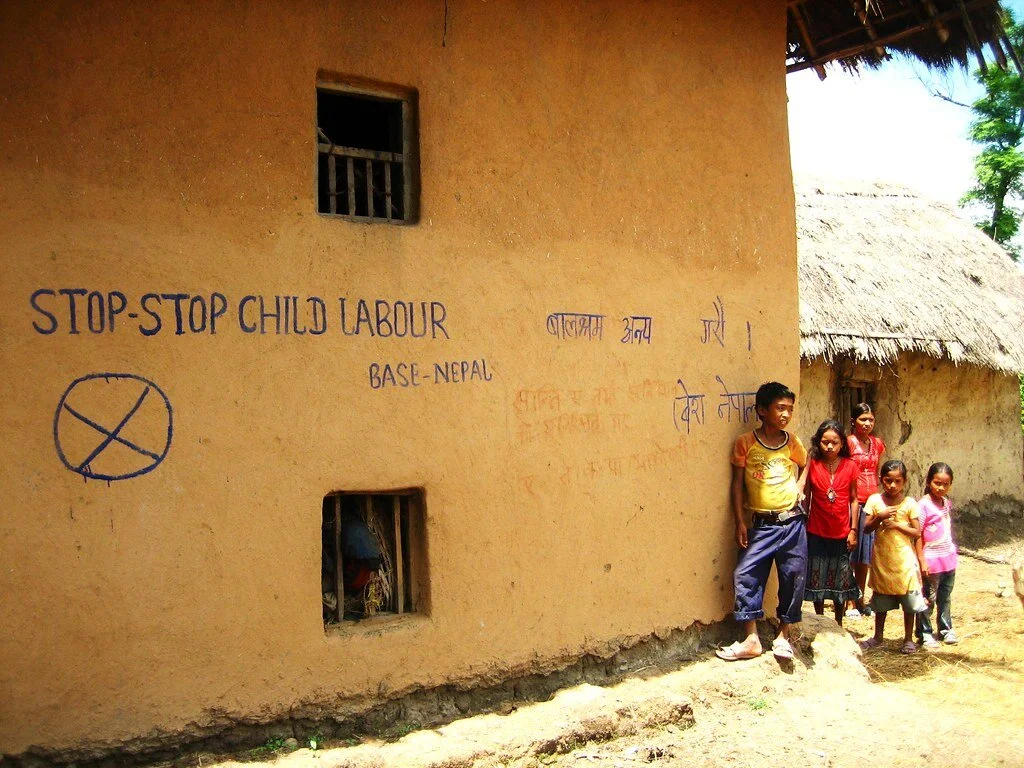Amplified by the social media trend of making and photographing these little towers, the prevalence of man-made rock cairns has reached an all-time high. But the illegal practice poses serious dangers to the surrounding environment.
A rock cairn. CanyonlandsNPS. CC PDM 1.0.
Trending on social media platforms like Instagram, “rock stacking” has become the latest nature fad. Seen as a challenge, those making their way through nature—whether it be at a park, a beach, a pond or elsewhere—have created a habit of creating these cairns or adding to pre-existing ones. People have even linked this habit to spirituality and luck, saying the higher the stack grows, the more luck a person has if they have added to the pile and that the practice grants them inner balance. But what might seem like a harmless human hobby is anything but that. With a plethora of environmental impacts, the ever-increasing number of rock cairns in our natural environment threatens the structure of multiple ecosystems, while also posing threats to the very humans who created them.
After the COVID-19 pandemic hit the United States, outdoor activities that accommodated for safe social distancing became a popular way to get out of the house. The Guardian reports that the National Parks Conservation Association noted a 20% increase in visitation at all national parks locations. With this uptake in visitation came the human impact on the land. Being uneducated in policies such as Leave No Trace (a principle that emphasizes the importance of humans to make as minimal an impact on nature as possible) and a severe lack of outdoor etiquette was instrumental in the rise in rock cairns.
Grand Canyon National Park visitors. Grand Canyon NPS. CC BY 2.0.
The environmental effects of rock cairns are the most threatening of the practice. Cairns made by water sources are among the worst, due to their impact on the surrounding food chain and ecosystems. Rocks disturbed by the side of a river, the edge of a pond, or even a lake, have devastating consequences on the animals that live there. Taking rocks from those areas, people dishevel the homes of macroinvertebrates, which are at the very basis of practically all freshwater food chains in the world. These little creatures provide a list of very important services, including keeping the water they inhabit clean by scavenging dead fish, plants and harmful bacteria, making them nutritious sources of food for animals in the area.
Without macroinvertebrates, our freshwater systems would not be able to self regulate, and the food chain—and ecosystems involved—would essentially crumble. By taking rocks from freshwater areas, people are stealing homes from these crucial creatures and inherently ruining entire ecosystems just to stack a few rocks. Additionally, other freshwater creatures feel the direct loss of habitat that the macroinvertebrates experience. Crayfish, algae, insect larvae and snails all lose homes to these cairns, all endangering these animals. Finally, the same threats that freshwater ecosystems face due to rock stacking can be seen in land environments. Reptiles, bugs and small mammals lose their natural habitats and plants are uprooted and disturbed.
Rock stack by a river. Angela7dreams. CC BY-NC 2.0.
In addition, rock cairns also pose threats to humans. Known to cause soil erosion, if rocks are being taken from the wrong places, large chunks of earth can become loose, leading to rock and mudslides. Further, large cairns, commonly found on mountain peaks and summits, have been known to fall over hillsides and hit hikers below.
The dangers of these cairns have made them illegal to make, unless done professionally by a park ranger. The penalties for making these cairns are equivalent to those for vandalism. Dubbed “rock graffiti,'' cairns are considered malicious mischief and warrant hefty fines that vary depending on location, and in some instances, rock stacking is punishable by jail time. Sometimes, when there is no other way to mark a trail path, rangers will make these cairns, having been trained to do so without disturbing the environment. However, those who make them for fun have been said to lead people the wrong way on hikes or walks. Because of the uptake in rescues, and all the other factors listed above, this practice of stacking rocks has been prohibited in national parks.
To Get Involved
If you ever come across a rock cairn, the National Parks Service (NPS) advises you to leave them be. The NPS asks that people do not disturb pre-existing cairns, do not add to them and especially refrain from building them. To read more about rock cairns from the NPS, click here.
Ava Mamary
Ava is an undergraduate student at the University of Illinois, double majoring in English and Communications. At school, she Web Writes about music for a student-run radio station. She is also an avid backpacker, which is where her passion for travel and the outdoors comes from. She is very passionate about social justice issues, specifically those involving women’s rights, and is excited to write content about social action across the globe.





